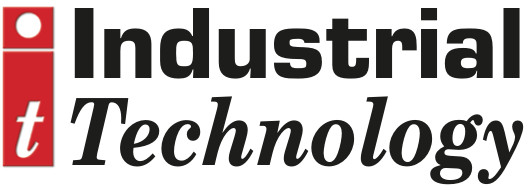
Posted to News on 14th Feb 2023, 10:53
Understanding how an encoder works
See British Encoder Products at MachineBuilding.Live, 4 October 2023, on stand 25

The experts at British Encoder Products examine the different types of encoders, look at how encoders work, and explore different applications.
Encoders convert motion to an electrical signal that can be read by some type of control device in a motion control system, such as a counter or PLC. The encoder sends a feedback signal to send a command for a particular function, that can be used to determine position, count, speed, or direction.
Encoders use different types of technologies to create a signal. Some common encoder technologies are mechanical, magnetic, resistive and optical. Currently, the most common technology employed by encoders is optical. Encoders may produce either incremental or absolute signals.
Incremental signals provide a series of high and low waves which indicate movement from one position to the next; there is no special indication provided by the encoder to show the specific position, only an indication that the position has changed.
Absolute encoders, on the other hand, use a unique ‘word’ for each position, meaning that an absolute encoder provides both the indication that the position has changed and an indication of the absolute position of the encoder.
Output types
Incremental encoders are available in two basic output types: single channel and quadrature. A single channel encoder, often called a tachometer, is normally used in systems that rotate in only one direction and require simple position and velocity information.
Quadrature encoders have dual channels (A and B), phased 90 electrical degrees apart. These two output signals determine the direction or rotation by detecting the leading or lagging signal in their phase relationship. Quadrature encoders provide very high speed bi-directional information for very complex motion control applications.
Resolution
Resolution is a term used to describe the pulses per revolution (PPR) for incremental encoders. Each incremental encoder has a defined number of cycles that are generated for each 360 degree revolution of the shaft. These cycles are monitored by a counter or motion controller and converted to counts for position or velocity control.
Applications
In any application, the process is the same: a count is generated by the encoder and sent to the controller, which then sends a signal to the machine to perform a function. For example:
- In a printing application, feedback from the encoder activates a print head to create a mark at a specific location.
- In a cut to length application, an encoder with a measuring wheel tells the control device how much material has been fed, so the control device knows when to cut.
- In an application where bottles or jars are being filled, feedback tells the filling machines the position of the containers.
- In an elevator, encoders tell the controller when the car has reached the correct floor, in the correct position. That is, encoder motion feedback to the elevator’s controller ensures that elevator doors open level with the floor. Without encoders, you might find yourself climbing in or out of an elevator, rather than simply walking out onto a level floor.
- In a precision servo label application system, the encoder signal is used by the PLC to control the timing and speed of bottle rotation.
British Encoder Products Company
Unit 33, Whitegate Industrial Estate
LL13 8UG
UNITED KINGDOM
+44(0)1978 262100






